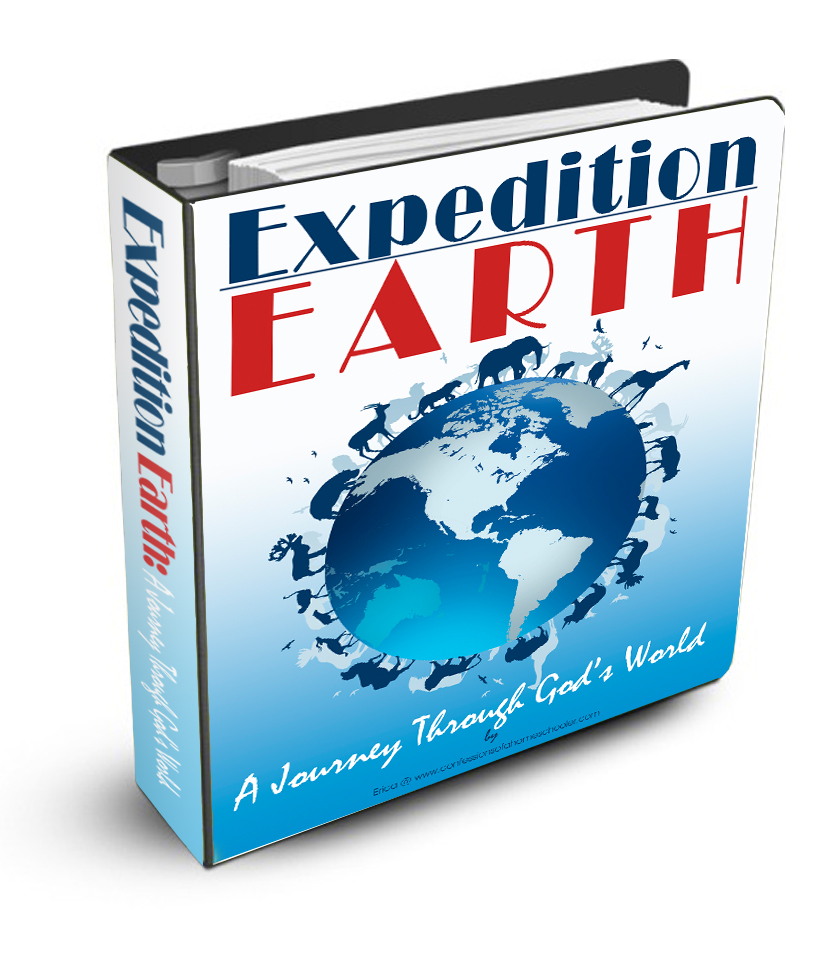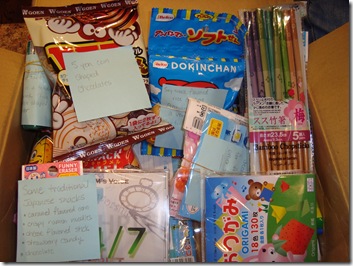Konnichiwa! And welcome to our Expedition Earth week on Japan. As you know we’re touring Asia currently, and having a ton of fun. This week we focused on Japanese culture, landmarks, and of course food!
Japan is an island nation in the Pacific Ocean filled with high-rise cities, imperial palaces, and mountainous national parks. Including thousands of shrines and temples. The capital of Japan is Tokyo and it’s known for its skyscrapers and pop culture. The more natural side of Japan features Buddhist temples, Shinto shrines, beautiful gardens, and the lovely cherry blossoms. More than 70% of Japan consists of mountains, including more than 200 volcanoes! Wow!
The national dish there is sushi, which is one of my favorites so I can’t wait for “Fun Food Friday”! In the meantime let’s take a closer look at this amazing country!
Of course we start off our journey by finding Japan on our world wall map. We take turns doing this, and I printed off an extra copy of our country flags so that we can add one to our map. I like the visual this creates for all of the regions we’re exploring.
Of course we always start off by adding our country flag to our passport along with our “entry” date. At the end of the week we add in our “departure” date as well.
We also locate the country, as well as the capital, and any other important landmarks in our world atlas. We’re using the Usborne Internet Linked Encyclopedia of World Geography. It has some really fun information as well as great internet links with more information.
The Mariana Trench is the deepest part of the world’s ocean. It’s located in the western Pacific Ocean to the south east of Japan and the Mariana Islands. The trench is about 2,550 km (1,580 mi) long and reaches a maximum-known depth of approximately 10,994m or 6.83 miles deep at the Challenger Deep (A small slot shaped valley in its floor.) There have been four descents achieved today. The first was a manned descent by the Swiss-designed, Italian built, United States Navy Trieste. The vessel reached the bottom of the trench at 1:06pm on January 23, 1+960. This was followed by two unmanned descents in 1996 and 2009. And finally a fourth descent was made by a Canadian film director in 2012. There are more planned descents in the works now.
We also do a mapping worksheet where we list all of the main information on each country, as well as locate and mark any major land and water features. for this one we marked the Sea of Japan and Tokyo.
The flag of Japan has a white background with a large red circle in the middle of the flag which represents the sun. It is commonly known as Hinomaru or “circle of the sun." The white represents honesty and purity and the red disc is a sun symbol meaning brightness, sincerity and warmth.
One of our favorite parts is learning about the animals for each country. I tried to add both common and rare or unusual animals to this curriculum so that we’re learning about some new wildlife that we might not have heard about before!
Everyone takes turn adding animals to our wall, and they also make their own mini-book full of animals found in Japan for their notebooks.
We also learned how to write and say our names in Japanese.
And of course we learned how to say “hello” in Japanese! Konnichiwa!
We also have vocabulary words for each region that the kids fill out. (They’re included in the curriculum.)
And we add a mini-book to our world lapbook with just some basics about each country.
We also made a fun ocean animals flip booklet. We’re using the Animal Habitats book by Scholastic.
Japanese Origami! Ori meaning “folding”, and kami meaning “paper” is the art of paper folding. One can use a basic number of folds to create intricate designs. The best-known design is the Japanese paper crane. We decided to head over to YouTube to find some ideas, and tutorials to create our own designs.
As you can see Strawberry Shortcake went with dogs…
Tinker Bell created this cute pig. For those of you know her this will not be a surprise.
And Miss Lady Bug created this fantastic sword!
We also wanted to try our hand at creating a replica of the famous Itsukushima Tori Shrine. We used some self hardening clay which proved to be a little challenging. We ended up adding in some toothpicks to help stabilize it until it dried. it was still a great project, and I like watching my kids come up with solutions to challenges such as this!
Of course we had some images of the original shrine as inspiration for our project.
Because I know you’ll ask, the plastic craft trays are from Lakeshore Learning. They’re called Easy Clean Craft Trays and they come in a set of four which works well for us! We use them for almost all of our crafts.
And finally we always end our week with some traditional food for our country. This week we got to enjoy some sushi from a local restaurant. We eat hear all the time actually, so it wasn’t really that unusual for everyone, but it was still delicious!
Click below to see some of our other activities from Japan!
And here’s a little TBT for you from 2010 when we did this last time. Look at how little my babies were!
That’s it for this week folks! Want to join in with us on our journey? Get your copy of Expedition Earth here!






























I am going to save these activities for when we cover Japan. Everything is so well rounded: its all here! Love the cultural food experience idea!
We are finishing up our Japan study this week. My kiddos are loving it!
Looks like so much fun! So many great ideas 🙂 I don’t know how you do it all!!!
Do you use this as a one year geography course or spread it over two? I am very excited!
Hi Erica! I thought you had posted about a comb binding machine once. Didn’t you say you had one? Thanks!
Hi Erica
Love your work! I tried ordering the Expedition World online but my its not working if I dont have pen pal. I have only visa. I wasnt able to order it and really need it. 🙁
Please email me if possible to let me know what I can do.
Thanks!